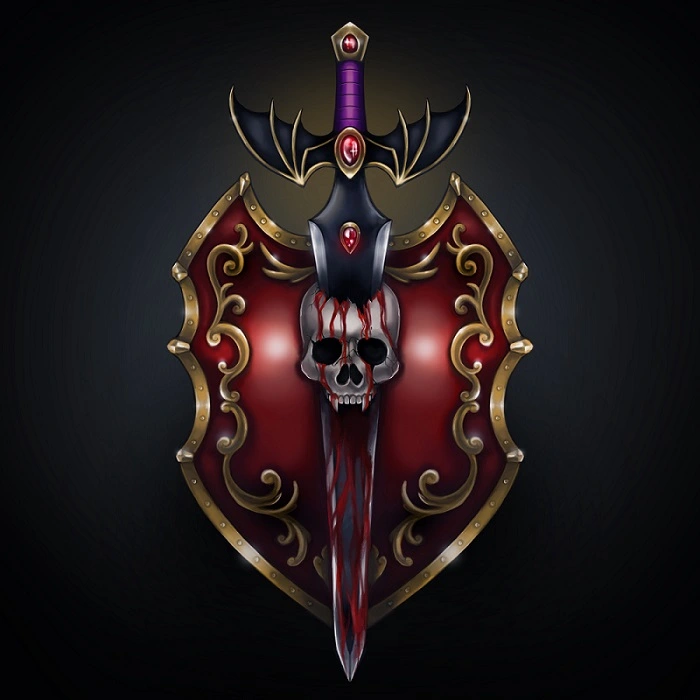So for 2-3 years I have been using flash cards to get to 1000 kanji and then switch for full immersion and extrapolate meaning with some dictionary. I only know around 150 kanji.
This method already worked for english and russian but without flash cards part. I learned first 1000 words + grammar in school by osmosis thorough textbooks.
My routine is 30 min a day for two weeks and then 2 week break due to boredom or some other factor. It makes my backlog huge and discouraging and my retention seems terrible (60-70%)
For the past 6 month I didn’t make any new flashcards to remember. only reviews of old ones.
Do y’all have some better method to get to 1000 kanji inefficiently? Because it seems efficient method doesn’t work for me.
There’s some flashcard program that’s a bit smarter. Auto-dropping ones you get every time but putting them back in the mix every once in a while.
I think it was named Anki - but I havent used it in a long time.I was using jpdb.io and it is supposed to be smarter than anki(?).
I think the whole concept of flash cards doesn’t work for me. I can’t memorize for the life of me. It just not how my brain works.
And I can’t seem to remember to create a mnemonic for every kanji.
I know nothing about Japanese. But speaking might be a better way for you to learn? Get that down and then do the kanji?
My goal is to read so not really.
Have you tried books for young children? That’s been helpful for me with other languages.
Yep, it’s Anki.
I have come to the conclusion that if you can write it you can read it, but often not the other way around (seems to be in accord with the other comments here). So I learn how to write kanji, and with that comes the ability to read kanji. You can use a website/app where you draw on the screen (I use duolingo’s kanji section). I really like actually picking up a brush/brushpen(with actual bristles) and practicing on paper. However in that case personally I focus more on the handwriting and stroke order than on learning the meaning, but it still helps.
Making it a routine is key. 2 week break is huge and will completely mess with your learning. Method that has worked for me is to do them throughout the day. Every time I would do something dumb on my phone, I would first go through few cards (or all if feeling motivated) and sooner or later they’re all gone. Are your cards just kanji or words?
For kanji to stick, I’ve been using Ringotan which is free. It teaches you the stroke order and you can choose the learning order from multiple sources like Wanikani, RTK, Genki, etc.
Downside of my study method is that I do it for 1-5h/day and only after 3 years it feels like I’ve cracked the code and can actually understand something.
If I started from 0, I would probably start by watching all the Comprehensible Input content there is. Like from https://cijapanese.com/ (also on Youtube, but I feel like the website is better). This also takes time though.
I can’t for some reason hold any routine other than brushing my teeth so I don’t feel like it will work.
I am doing kanji and vocab at the same time.
I am still putting the hours but making no progress means that I need to change the method.
You could try Tadoku and then Learn Natively. It’s basically just reading until you’re fluent.
Have you thought about looking for a children’s study guide? A friend mentioned to me that Japanese children have to take a school test at a certain age to prove their kanji proficiency. Dunno if that’s true, but he showed me a study book he was using with his kid that had nice pictographs that explained each word and their combinations.
A friend mentioned to me that Japanese children have to take a school test at a certain age to prove their kanji proficiency.
I lived in Japan for a few years in the early 2000s. According to my Japanese coworkers, school children are given 100-200 Kanji to memorize by the end of the school year, where they’ll be tested on them. This goes on every year, from their equivalent of K-12th grades. By the time they’re ready for college, they should know enough Kanji to be proficient in reading/writing.
Supposedly, the average Japanese person knows between 2,000 and 5,000 Kanji off the top of their head, so either my coworkers low-balled the number, or Japanese people continue learning Kanji through college and into adulthood.
When I took Japanese in college the best way I learned them was by writing them out from the stroke guide in my kanji dictionary. I eventually got a digital one that I’m sure has now been replaced by an app or something but writing them down always worked best for me
Could try this: https://lrnj.com/
Think the dev has given up on it, so new updates are unlikely, but I had good retention until I got distracted and completely moved on to other things.
Kanji Study app on android, 30 minutes a day has worked for me. Costs $ 50 though.




